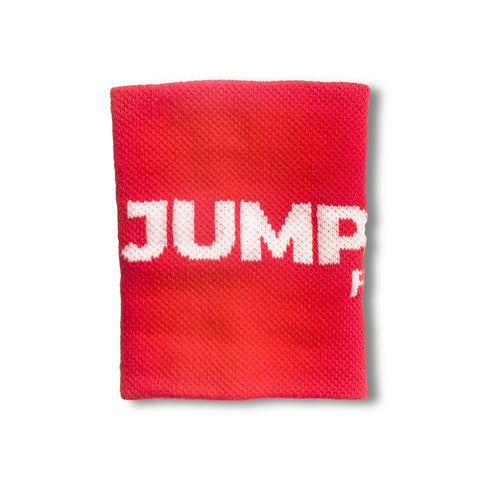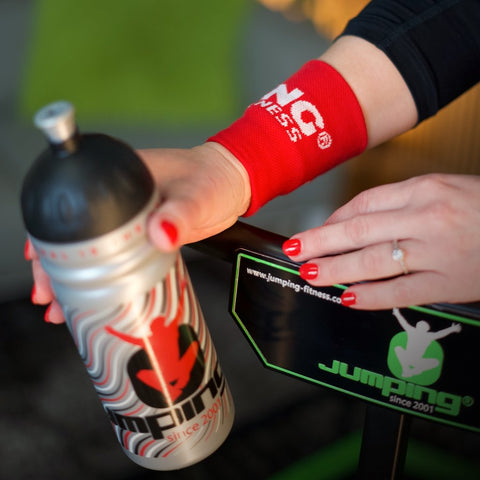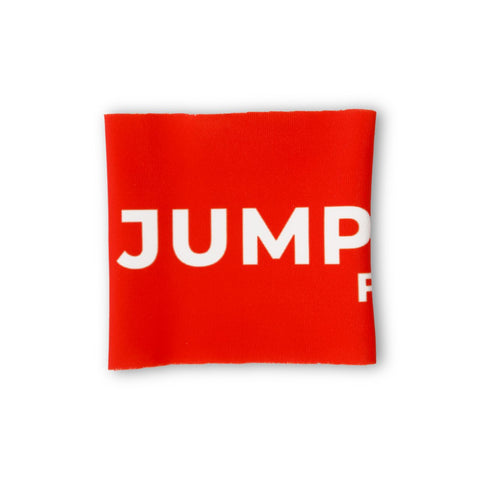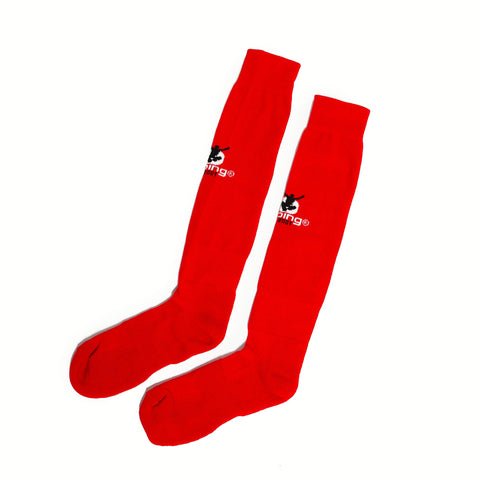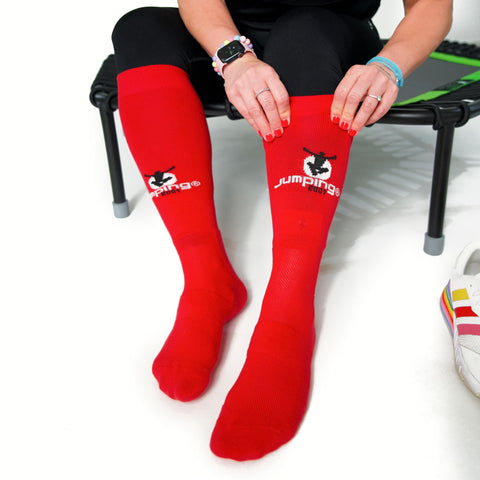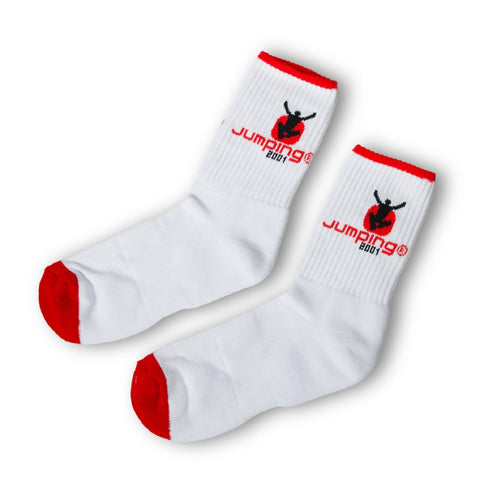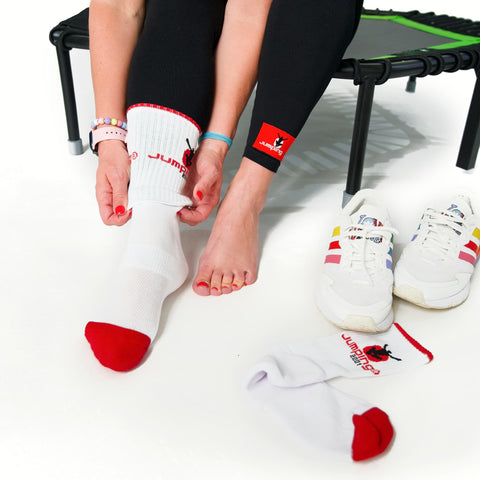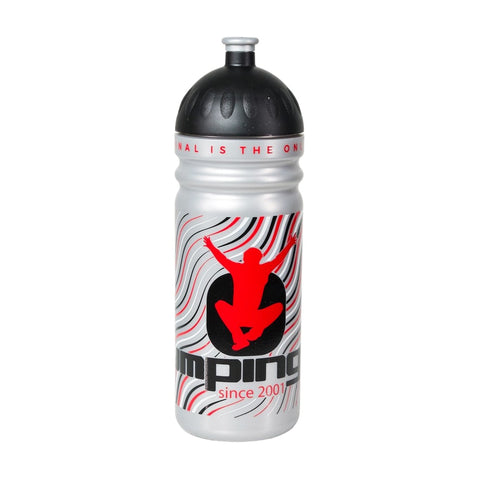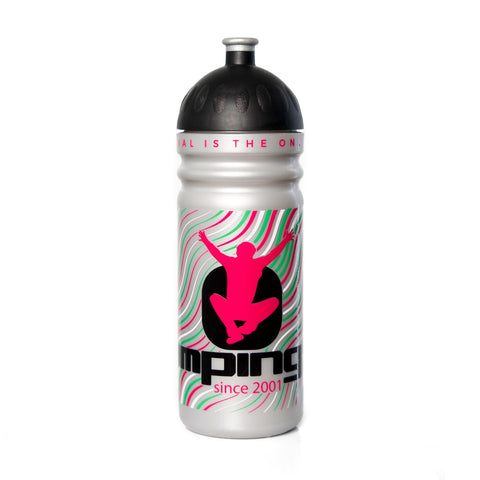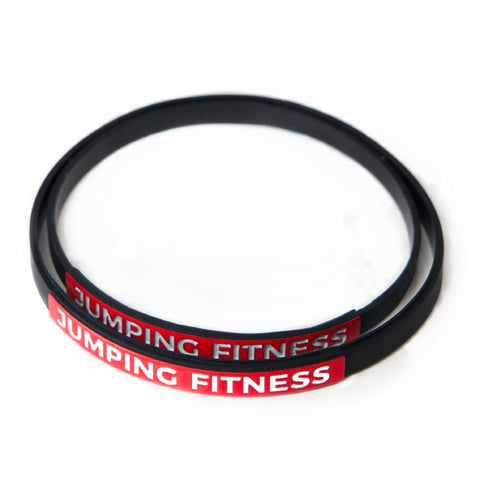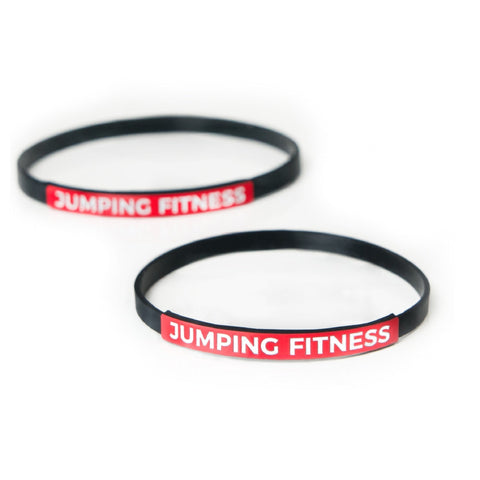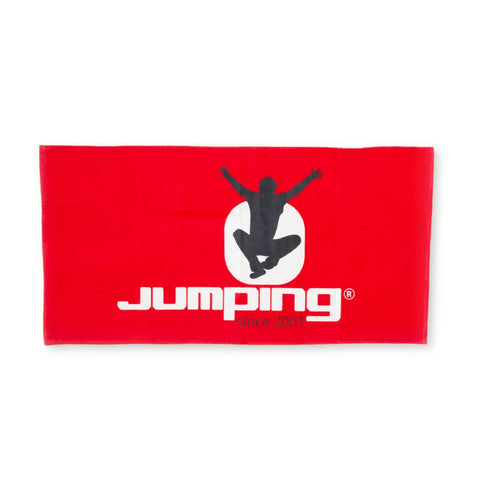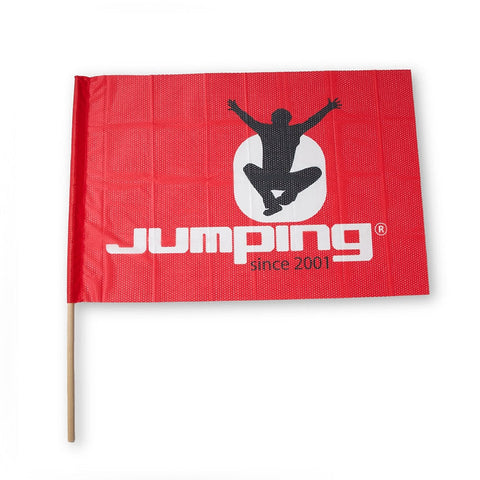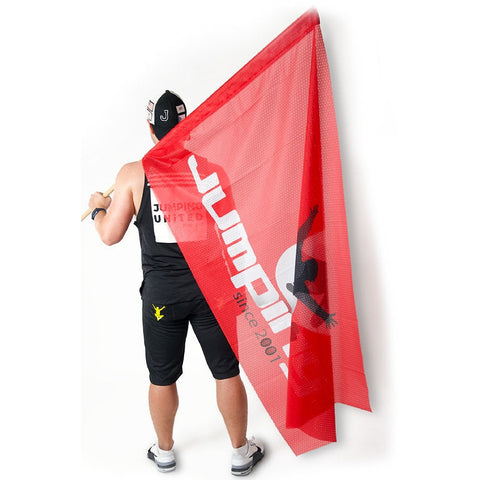We often discuss trampoline care, storage, and spare parts. I’ve prepared a simple guide for you — it’ll take just three minutes to read through. If you feel something is missing, don’t hesitate to reach out, and I’ll gladly expand or clarify the text. Ready? Let’s go!
Trampoline Care: How to Extend Its Lifespan and Ensure Safety
Proper care and maintenance are key not only for a trampoline’s long lifespan but also for safety during exercise. Here are simple tips and practical advice on how to store, inspect, and maintain your trampoline effectively.
To maintain their quality, it’s essential to follow these storage and maintenance guidelines.
Proper Care and Maintenance of Jumping® Fitness Trampolines
For effective and safe trampoline workouts, mastering the correct technique is crucial—a skill every instructor learns during certified training sessions. Equally important is caring for the trampoline after each session to ensure its durability and reliability over time.
Pre-Lesson Trampoline Inspection:
- Avoid dragging trampolines across the floor to prevent damage to legs, frames, or flooring.
- Visual Inspection:
- Check support legs for damage.
- Inspect rubber ropes for wear. On FLEXI trampolines, ensure rubber ropes are securely held in plastic clamps.
- Ensure the locking screw is tight and the handlebar is firmly fixed. A loose screw can damage the thread.
Proper Storage — The Key to Longevity:
- Remove the handlebar and store it in its original holder.
- Unscrew locking screws and store them separately to prevent damage.
- Using a Trampoline Cart:
- Place the first trampoline face down (legs facing downward).
- Rotate the second trampoline slightly clockwise as you stack it.
- Stack subsequent trampolines alternately face up and face down.
- The cart can handle 12–16 trampolines with a capacity of up to 200 kg. If you don’t have a cart, store trampolines similarly in a dry, flat space.
- Store trampolines in a dry environment, away from rain, frost, direct sunlight, or heat sources.
Post-Lesson Maintenance:
- Clean the trampoline with an appropriate cleaner like Sanytol.
- Avoid aggressive chemicals such as gasoline, alcohol, or chlorine.
- Perform a visual inspection for any mechanical damage.
Frequently Asked Questions:
When is it time for maintenance? How do I know if my trampoline needs servicing? Can I buy rubber ropes at a hardware store?
The rubber rope doesn’t snap suddenly—it starts to fray gradually. So, how do you know it’s time for a replacement? According to our colleague Míra: “When you see the elastic strands sticking out of the rubber rope, like strings from worn-out shorts, it’s time to pay attention.” The most common wear occurs at the 3 o’clock and 9 o’clock positions relative to the exercise direction, where the trampoline experiences the most stress.

Risks of Ignoring Worn Rubber Ropes:
- Loss of elasticity, affecting exercise quality.
- Increased stress on other trampoline components (e.g., mat lugs or neighboring rubber ropes).
- Injury Risk: A worn rubber rope could fail, causing a participant to fall through the mat, risking ankle sprains or other injuries.
Reminder: Worn rubber ropes compromise both safety and functionality.
Why Not Use “Universal Rubber Ropes” from Hardware Stores?
Every part of the trampoline is carefully designed and manufactured with strict requirements for Jumping® trampolines. Our rubber ropes are made specifically for us based on our criteria, with a precise number of rubber bands and a special weave that has unique properties. Using non-original rubber ropes, for example, from a hardware store, will significantly reduce the elasticity and increase stiffness, making the Jumping® experience less comfortable. The landings on the trampoline will be harder, or conversely, clients may sink down to the ground. This process leads to higher wear on the original parts of the trampoline.
Signs of a Worn Jumping® Mat:
The lifespan of the Jumping® mat is approximately 300 hours of use (about 1 year with 6 lessons per week). Wear and tear can be identified by cracking around the protective edge. If you notice these signs, consider replacing the entire set—rubber ropes and the mat.
Before ordering spare parts, it’s important to know which trampoline you actually have.

Differences Between FLEXI and STANDARD Trampolines:
- STANDARD Jumping® Mat: 60 lugs, compatible with STANDARD rubber ropes.
- FLEXI Jumping® Mat: 54 lugs, compatible with FLEXI rubber ropes.
Warning: Do not mix parts from these two systems. Incorrect combinations lead to poor elasticity, faster wear, and potential trampoline damage.
Checking the Frame and Other Parts of the Trampoline
When maintaining the trampoline, don't forget to check:
- Frame: Make sure it's not scratched or damaged. Sharp edges can cut the rubber ropes. If you find any worn or damaged spots on the frame, you can use our original repair kit.
- Locking Screw: If the screw can't be tightened, there may be an issue with the thread. In case of frame damage, please contact us.
- Leg Extensions: Worn-out caps can cause the trampoline to wobble. If you're replacing the caps, we recommend replacing them all at once—it's a simple and affordable maintenance task.
Final Recommendations:
Want to simplify maintenance? Switch to the FLEXI system:
- Open a bottle of wine.
- Cut away the old rubber rope and remove the Jumping® Mat.
- Install the FLEXI set while watching the tutorial video. It’s quick and easy — anyone can do it!
Remember: Our team is here for you. If you have any questions or need help choosing the right solution, don’t hesitate to reach out.
I hope this guide makes trampoline care easier and keeps your clients happy.
Enjoy, and let me know how you liked the article!
With love, Jana




